Types of Electric Vehicles—-BEVs PHEVs HEVs FCEVS
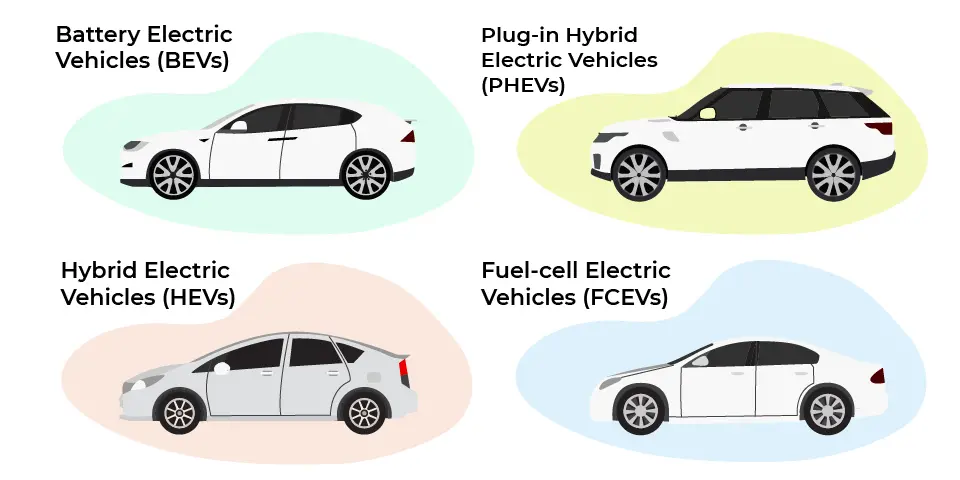
Battery Electric Vehicles (BEVs)
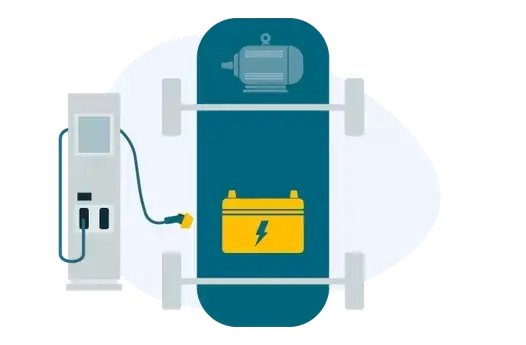
Battery Electric Vehicles (BEVs) are also known as “ all-electric vehicles” or “pure electric vehicles”, They use an electric motor and run solely on battery power, without the gasoline engine, producing no harmful emissions or air pollution. Zero-emission.
<>
Battery electric vehicles (BEVs) can be recharged using a standard power outlet at home or a public charging station. Fast charging outlets are also available from vehicle manufacturers and can be installed by a qualified electrician at home to speed up the charging process for your car.
BEVs can also regenerate charge through a regenerative braking system. This means that the kinetic energy generated from braking is converted into electrical power, which can then be used to charge the car.
Most of today's Battery Electric Vehicles (BEVs) use lithium batteries because of their high power-to-weight ratio, which allows for a longer range in a smaller physical size. The battery packs are charged using electricity delivered through an EV charger. There are different types or 'levels' of EV chargers, with level 1 being the slowest and level 3 being the fastest. Most BEVs can fast charge using a level 3 charger.
Plug-in Hybrid Electric Vehicles (PHEVs)
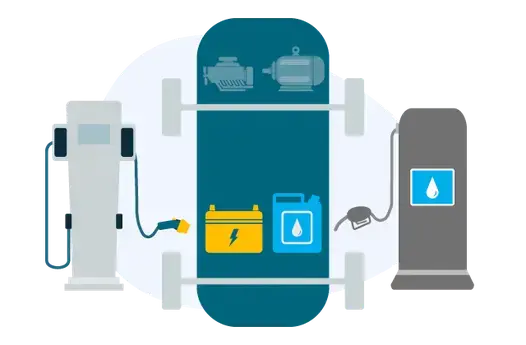
Plug-in Hybrid Electric Vehicles (PHEVs) are powered by a combination of an electric motor and an internal combustion engine (ICE) that can recharge the batteries, enabling longer driving ranges. You can recharge the battery using a standard power outlet in your home or a public charging station. PHEVs can drive greater distances using just battery power. When the battery power drops, the petrol or diesel engine will be used. All plug-in hybrid electric vehicle (PHEV) batteries can be charged using a Level 1 or Level 2 EV charger, but most cannot be charged using a Level 3 DC fast charger. Like BEVS, PHEVs also use the regenerative braking system to recharge the battery.
Example: BYD QIN PLUS Plug-in Hybrid Electric Vehicles
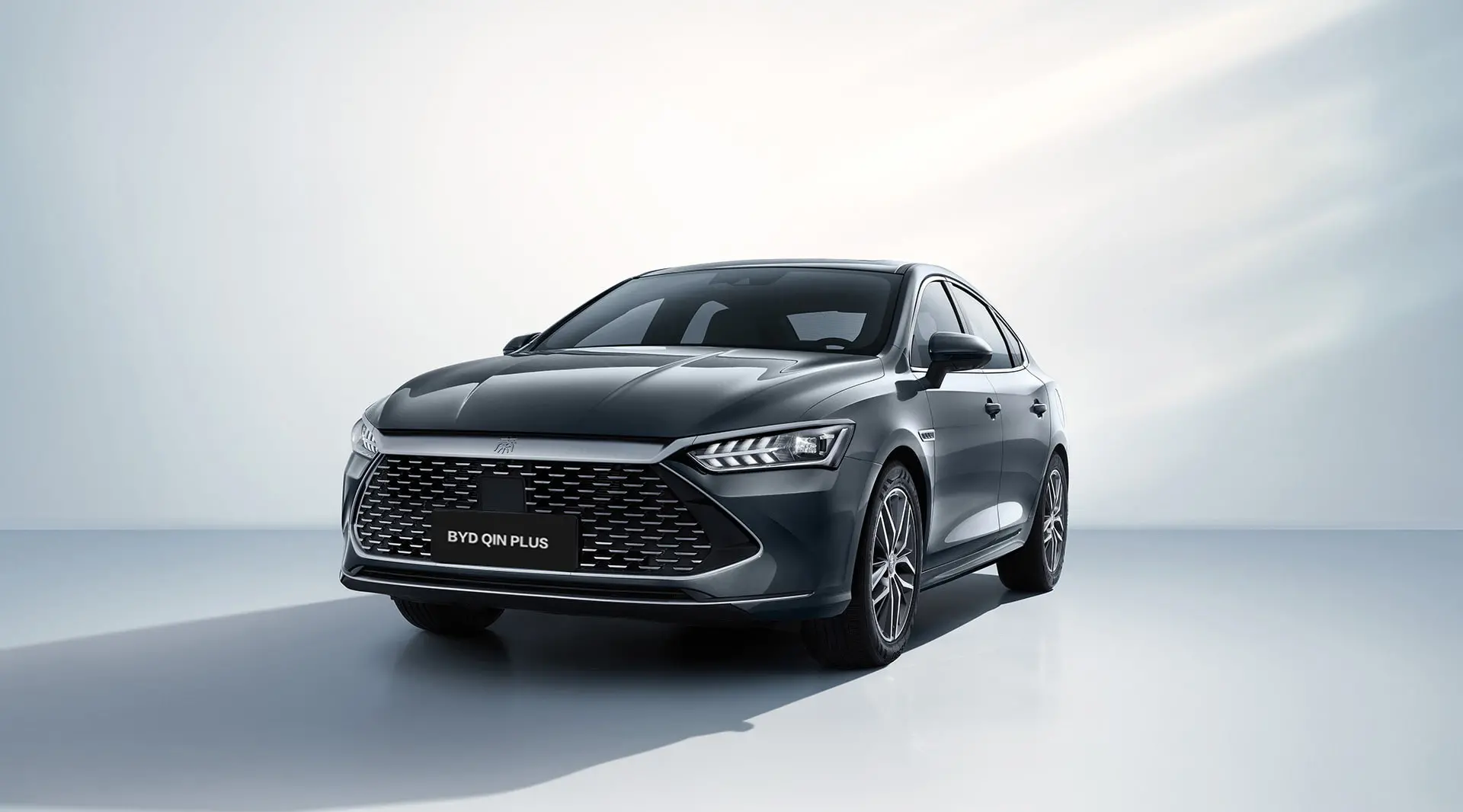
Hybrid Electric Vehicles (HEVs)
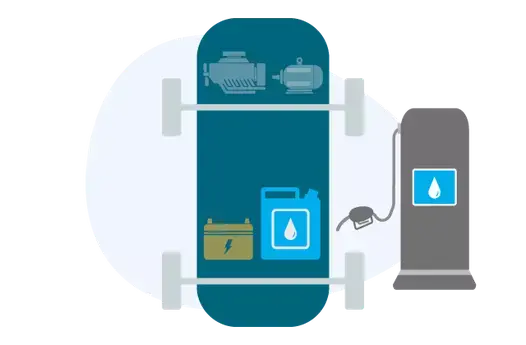
Hybrid Electric Vehicles (HEVs) are equipped with both a conventional internal combustion engine (ICE) and an electric motor to drive the car. The battery is charged through regenerative braking, capturing energy that is typically lost during braking, and using it to support the gasoline engine during acceleration. These cars do not plug in to recharge. In a traditional internal combustion engine (ICE) vehicle, this energy is usually dissipated as heat in the brake pads and rotors.
HEVs, like BEVs, utilize regenerative braking to recharge the battery. Although they still require petrol, each tank can take you farther than a comparable petrol car.
The primary distinction between a PHEV and an HEV is that an HEV cannot be plugged into an EV charger to charge the battery.
The electric motor's additional power may enable the vehicle to use a smaller engine. The battery pack can serve as an auxiliary power source for the car, reducing idling when stopped. This leads to improved fuel economy and lower emissions compared to a conventional engine car.
FUEL CELL ELECTRIC VEHICLES (FCEVS)
Fuel Cell Electric Vehicles(FCEVs) are an innovative type of EV that utilizes hydrogen as a fuel source. FCEVs convert hydrogen into electricity through a chemical reaction, producing water as their only emission. An FCEV can travel about 300 miles on a single tank of hydrogen.
Fuel Cell Electric Vehicles have a gas tank used to store pure hydrogen. The tank can be refueled in just a few minutes, similar to how conventional ICE vehicles are filled up today.
Same with other electric vehicles, FCEVs also use regenerative braking technology and capture energy lost during braking, which is stored in a battery pack. But FCEVs are more expensive than other EV types. Now, there are only a limited number of production FCEVs available to the public, and the refueling infrastructure is not yet sufficient to support a mass rollout of FCEVs.

In A Summary
Electric vehicles (EVs) come in various types, with Battery Electric Vehicles (BEVs) and Plug-in Hybrid Electric Vehicles (PHEVs) being the most efficient. These types are popular choices and offer longer travel distances without needing frequent recharging. Fuel Cell Electric Vehicles (FCEVs) are not as efficient as BEVs and PHEVs, but they produce minimal to zero emissions. On the other hand, Hybrid Electric Vehicles (HEVs) remain a popular option, but they always require gasoline to operate.
The world of electric vehicles offers various options to meet different needs and preferences. Whether you choose a BEV, HEV, PHEV, or FCEV, you are contributing to a cleaner and more sustainable future.

